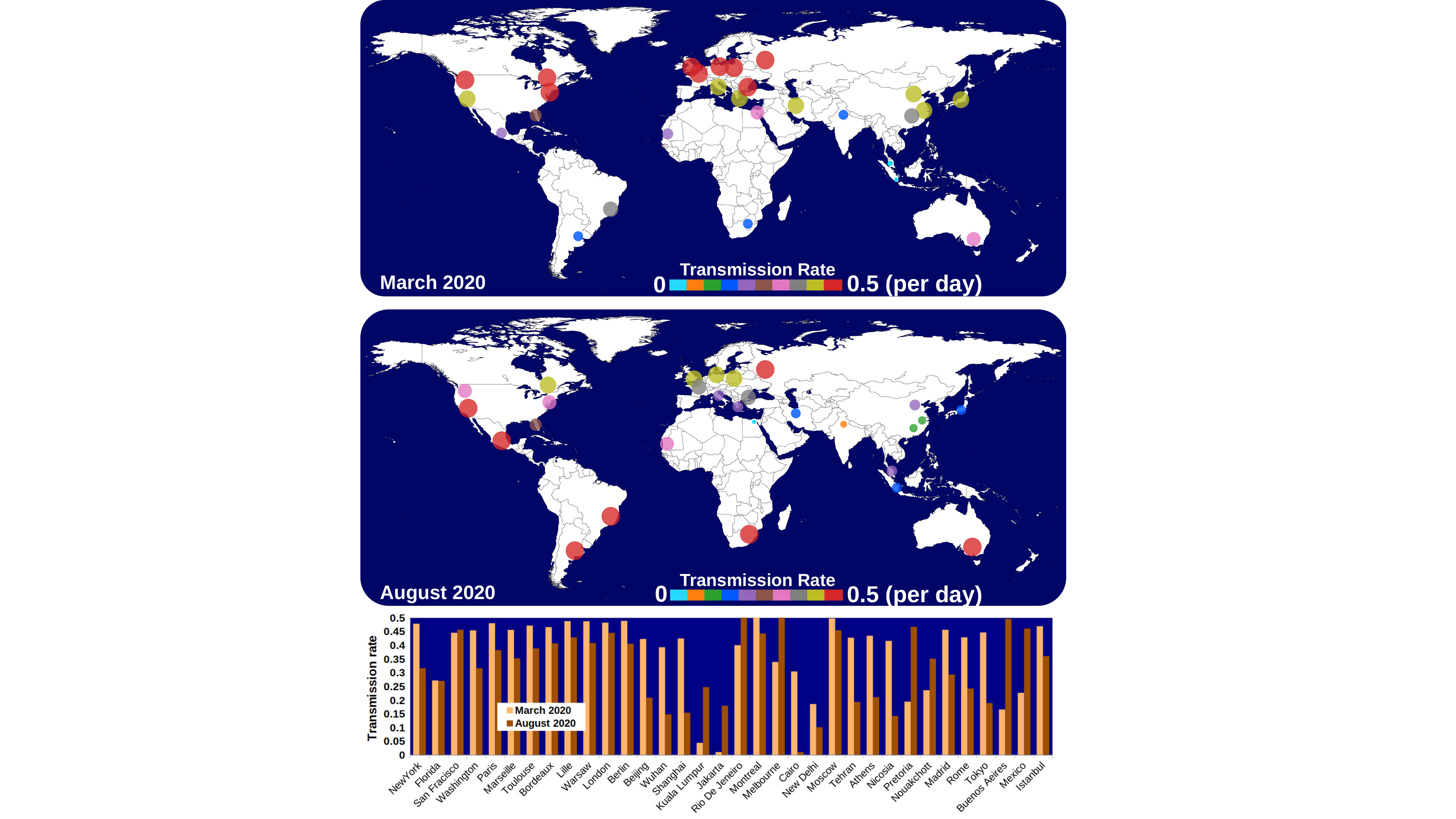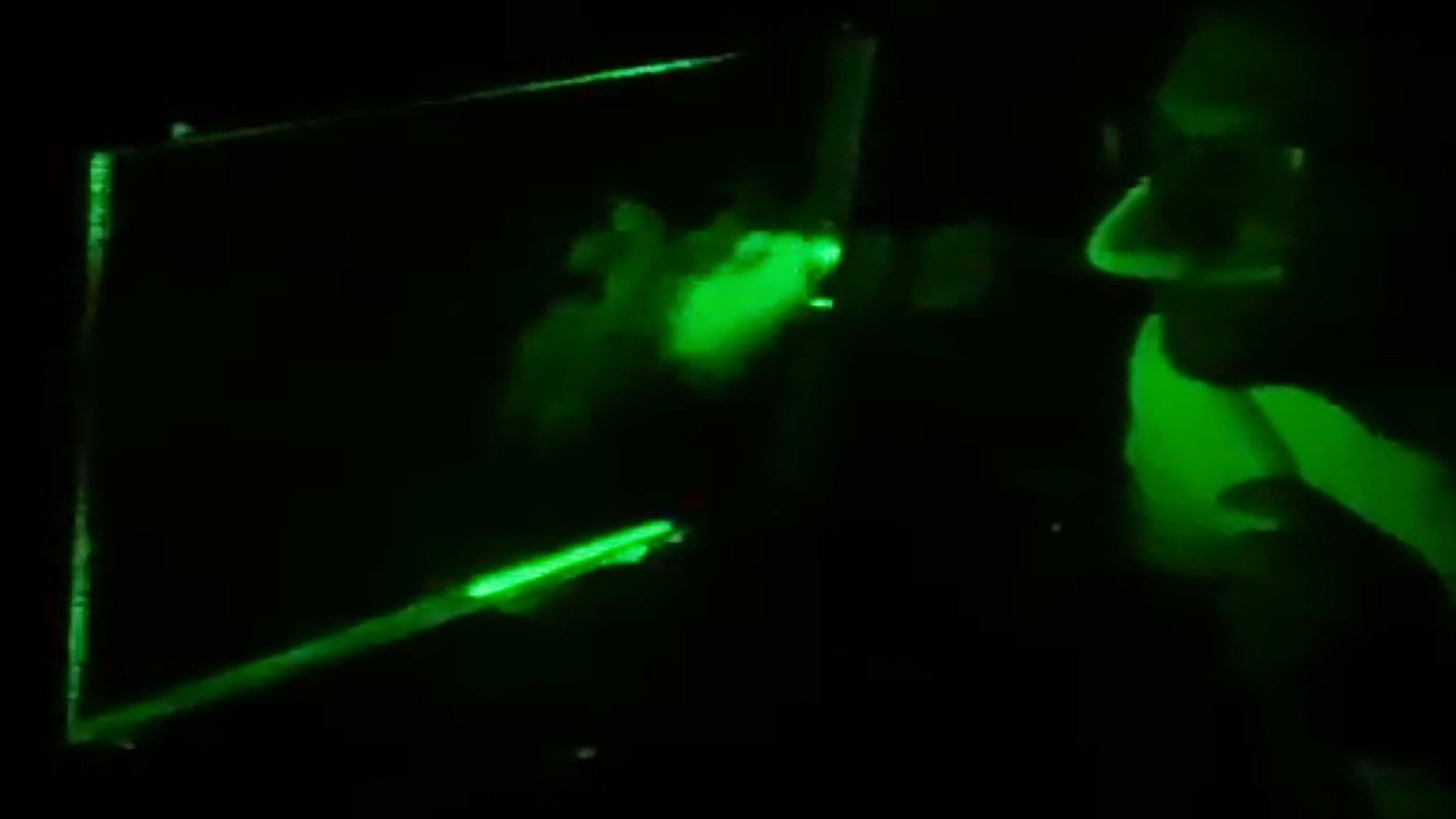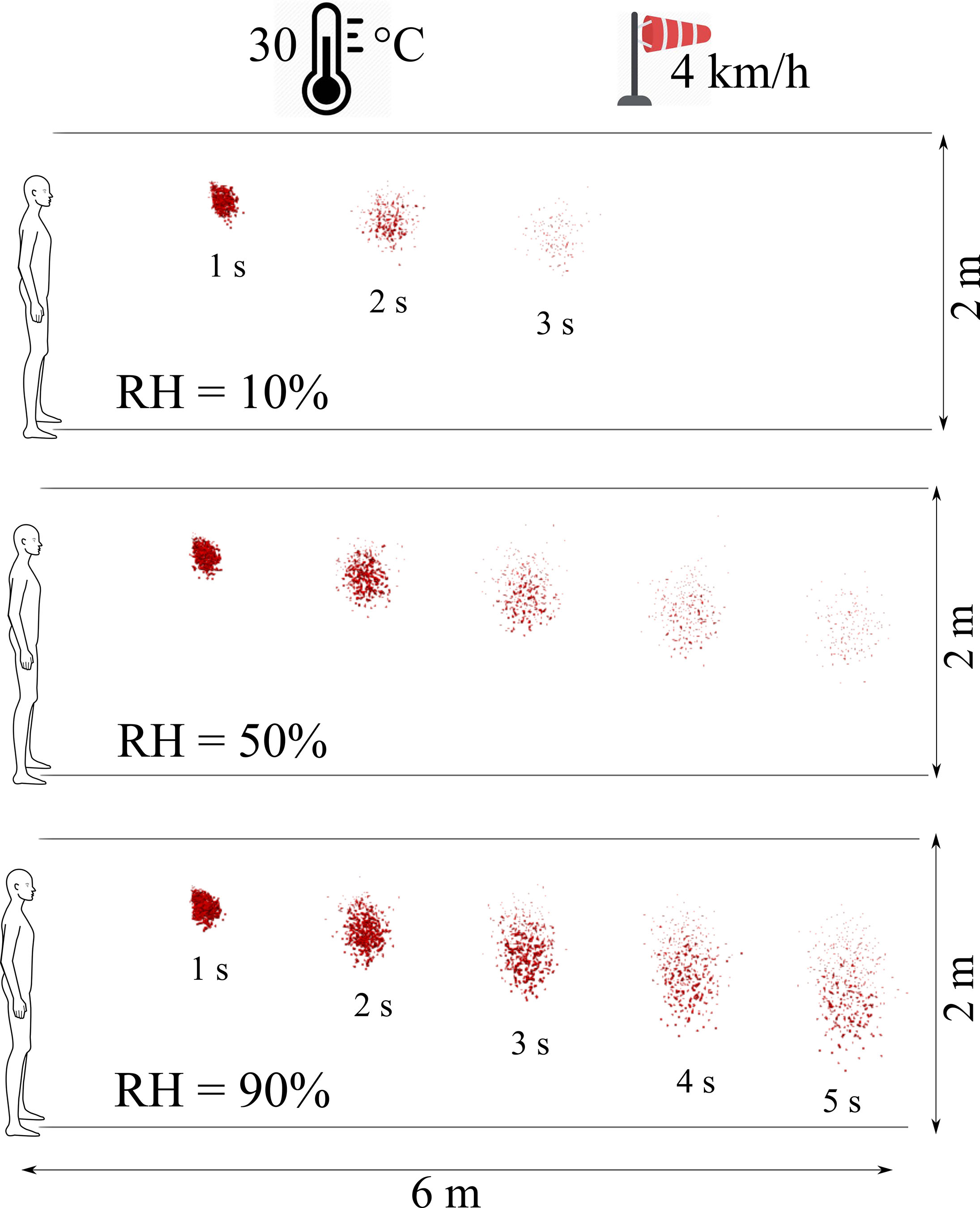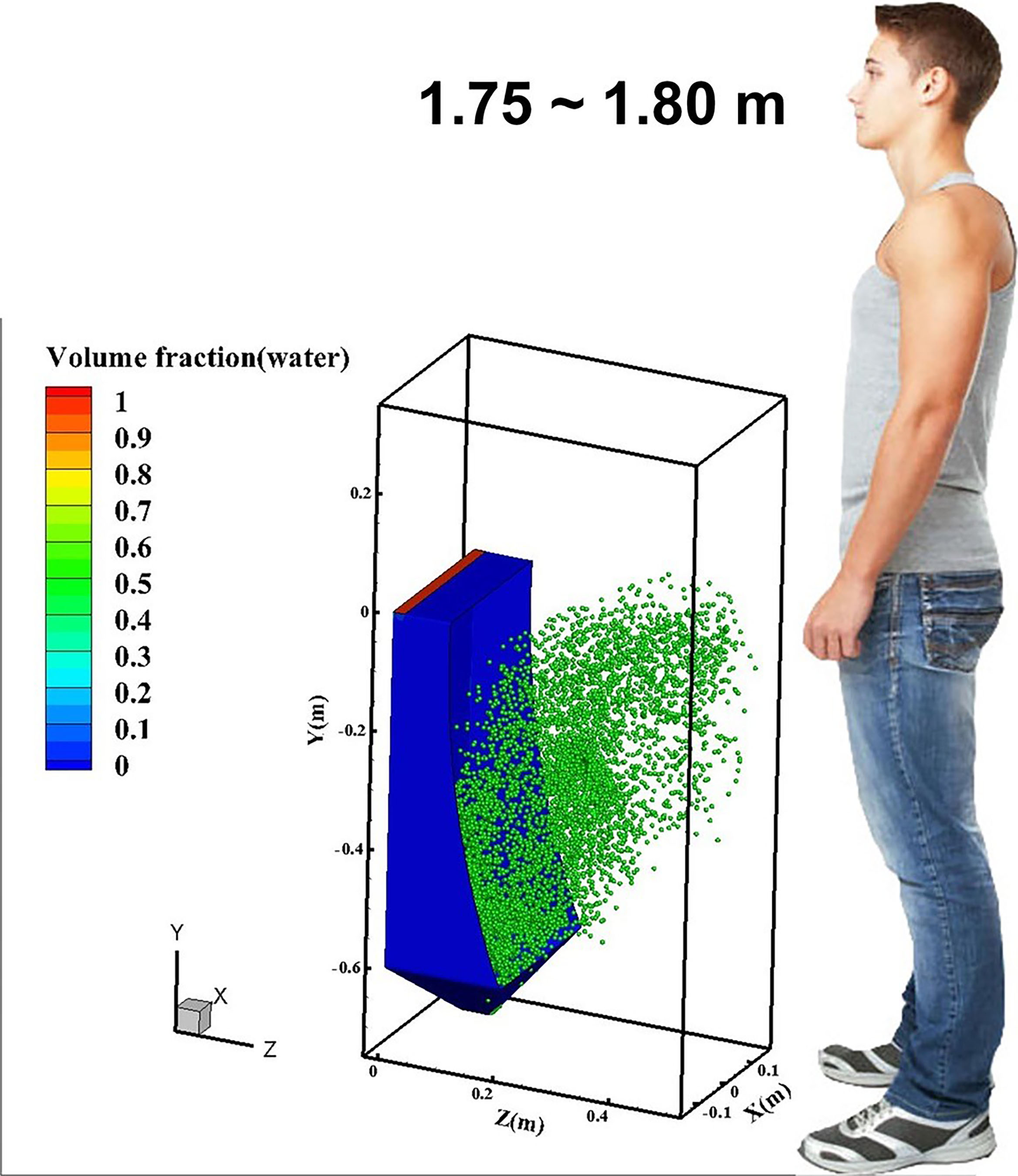When vaccines are not available, alternative strategies are required to decrease SARS-CoV-2 transmission. Behavior of the population and government regulations, such as hand hygiene, quarantine of exposed persons, isolation of symptomatic persons, and travel restriction, play an essential role in…
Tag: virus transmission
At U-M, risk from surface contamination of COVID-19 was much lower than air transmission
Air transmission of SARS-CoV-2, the virus behind the coronavirus pandemic, was much higher than surface transmission at the University of Michigan, according to a study by researchers at U-M’s School of Public Health.
Tree Pollen Carries SARS-CoV-2 Particles Farther, Facilitates Virus Spread
A study on the role of microscopic particles in virus transmission suggests pollen is nothing to sneeze at. In Physics of Fluids, researchers investigate how pollen facilitates the spread of an RNA virus like the COVID-19 virus. The study draws on cutting-edge computational approaches for analyzing fluid dynamics to mimic the pollen movement from a willow tree, a prototypical pollen emitter. Airborne pollen grains contribute to the spread of airborne viruses, especially in crowded environments.
Flushing a Public Toilet? Don’t Linger, Because Aerosolized Droplets Do
Because COVID-19 has been detected in urine and stool samples, public restrooms can be cause for concern. Researchers measured droplets generated from flushing a toilet and a urinal in a public restroom and found a substantial increase in the measured aerosol levels in the ambient environment with the total number of droplets generated in each flushing test ranging up to the tens of thousands. Due to their small size, these droplets can remain suspended for a long time.

Temperature, Humidity, Wind Predict Second Wave of Pandemic
The “second wave” of the coronavirus pandemic has placed much blame on a lack of appropriate safety measures. However, due to the impacts of weather, research suggests two outbreaks per year are inevitable. Though face masks, travel restrictions, and social distancing guidelines help slow the number of new infections in the short term, the lack of climate effects incorporated into epidemiological models presents a glaring hole that can cause long-term effects. In Physics of Fluids, researchers discuss the impacts of these parameters.

Air Purifiers May Do More Harm Than Good in Confined Spaces with Airborne Viruses
The positions of air inlets and outlets in confined spaces, such as elevators, greatly affect airborne virus transmission. In Physics of Fluids, researchers show air purifiers may actually increase the spread. They use ultraviolet radiation to kill viruses and other microbes, but they also circulate air, sucking it in and exhausting cleaned air. This adds to overall circulation.
UCLA Health infectious disease experts tout critical role mask wearing plays in limiting spread of COVID-19
With thousands of new cases logged daily and a vaccine to fight COVID-19 still in development, UCLA Health infectious disease experts are encouraging people to continue to wear masks as the best method of protecting against virus transmission.

Aerosol Microdroplets Inefficient Carriers Of COVID-19 Virus
Aerosol microdroplets do not appear to be extremely efficient at spreading the virus that leads to COVID-19. While the lingering microdroplets are certainly not risk-free, due to their small size they contain less virus than the larger droplets that are produced when someone coughs, speaks, or sneezes directly on us, said researchers at the University of Amsterdam’s Van der Waals-Zeeman Institute. The results were published in Physics of Fluids.

Evaporation Critical to Coronavirus Transmission as Weather Changes
As COVID-19 cases continue to rise, it is increasingly urgent to understand how climate impacts the spread of the coronavirus, particularly as winter virus infections are more common and the northern hemisphere will soon see cooler temperatures. In Physics of Fluids, researchers studied the effects of relative humidity, environmental temperature, and wind speed on the respiratory cloud and virus viability. They found a critical factor for the transmission of the infectious particles is evaporation.

Using A Public Restroom? Mask Up!
Think you don’t need to worry about COVID-19 while using a public restroom? Researchers from Yangzhou University in China recently reported that flushing public restroom toilets can release clouds of virus-laden aerosols for you to potentially inhale. If that’s not cringeworthy enough, after running additional computer simulations, they’ve concluded that flushing urinals does likewise. In Physics of Fluids, the group shares its work simulating and tracking virus-laden particle movements when urinals are flushed.
Virus transmission between individuals via a surgical smoke plume
Electrosurgery uses energy to destroy tissue creating a gaseous byproduct referred to as surgical smoke or plume. This smoke can contain viable cells and viruses; specifically, human papillomavirus has been demonstrated in this smoke. Human papillomavirus in smoke does pose…